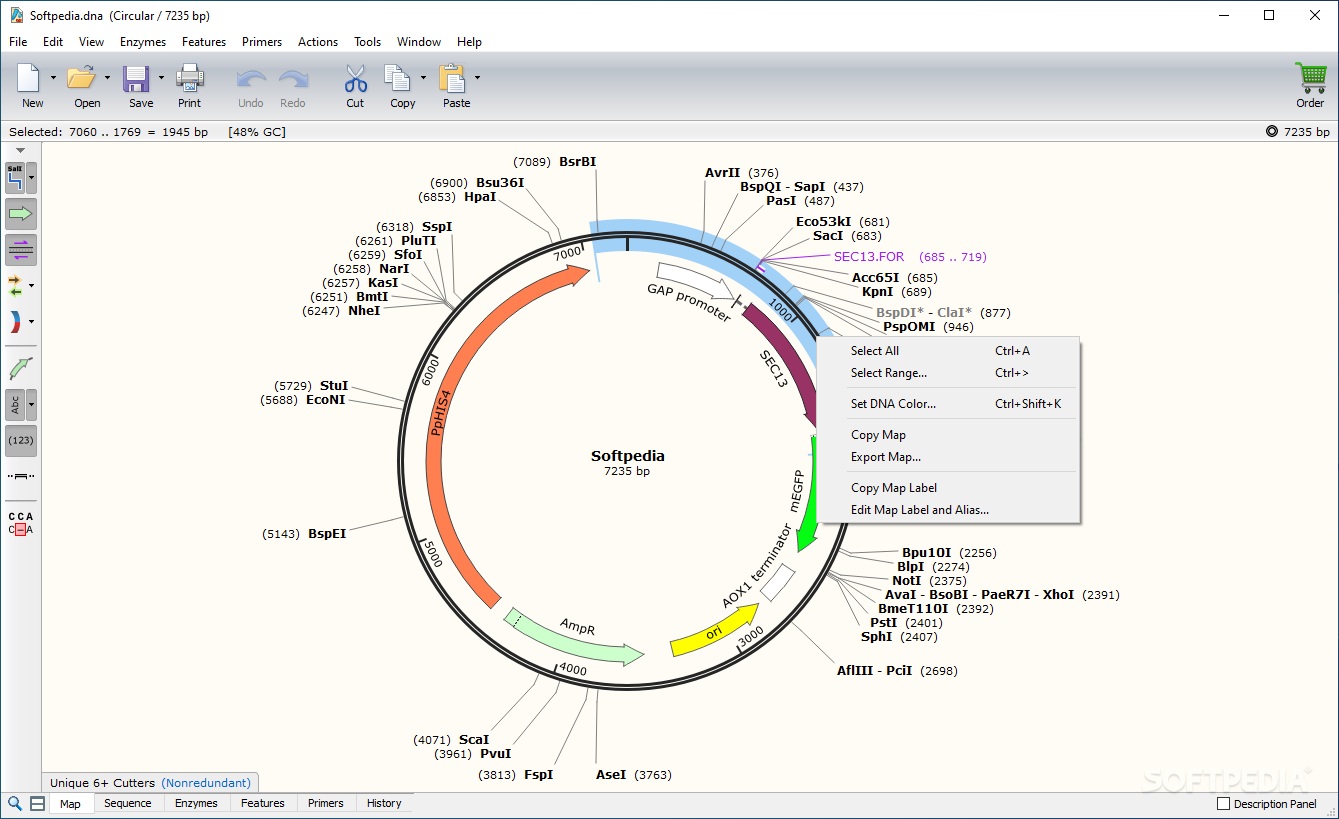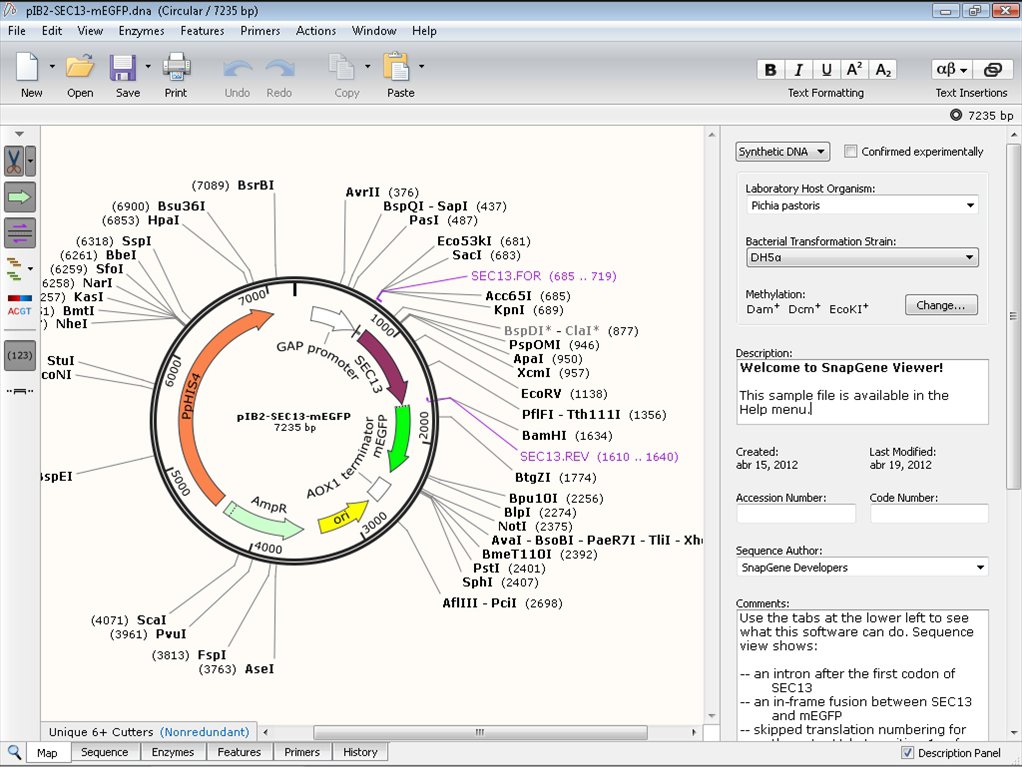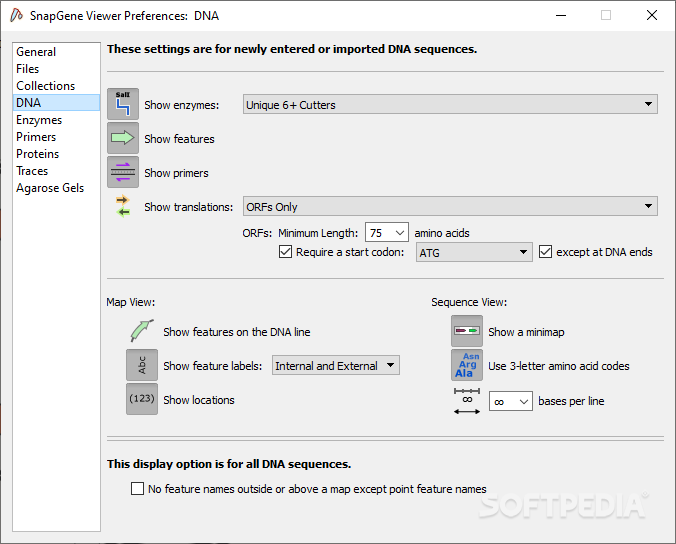

Entrapment of plasmid DNA by liposomes and their interactions with plant protoplasts. Transformation of Petunia protoplasts by isolated Agrobacterium plasmids. Micromanipulation techniques in plant biotechnology. Development of gene expression system in egg cells and zygotes isolated from rice and maize. Koiso, N., Toda, E., Ichikawa, M., Kato, N. Some reflections on double fertilization, from its discovery to the present. One-step generation of mice carrying mutations in multiple genes by CRISPR/Cas-mediated genome engineering. Efficient genome editing in zebrafish using a CRISPR–Cas system. Establishment of an in vitro fertilization system in rice ( Oryza sativa L.). Efficient DNA-free genome editing of bread wheat using CRISPR/Cas9 ribonucleoprotein complexes. Genome editing in maize directed by CRISPR–Cas9 ribonucleoprotein complexes. Svitashev, S., Schwartz, C., Lenderts, B., Young, J. Genome editing in potato via CRISPR–Cas9 ribonucleoprotein delivery. DNA-free genetically edited grapevine and apple protoplast using CRISPR/Cas9 ribonucleoproteins.

Site-directed mutagenesis in Petunia × hybrida protoplast system using direct delivery of purified recombinant Cas9 ribonucleoproteins. DNA-free genome editing in plants with preassembled CRISPR–Cas9 ribonucleoproteins. Regulatory uncertainty over genome editing. Induction of targeted, heritable mutations in barley and Brassica oleracea using RNA-guided Cas9 nuclease. The CRISPR–Cas system for plant genome editing: advances and opportunities. Plant genome engineering with sequence-specific nucleases. Plant genome editing made easy: targeted mutagenesis in model and crop plants using the CRISPR/Cas system. This efficient plant-genome-editing system has enormous potential for the improvement of rice as well as other important crop species.īelhaj, K., Chaparro-Garcia, A., Kamoun, S. Cas9–gRNA RNPs were transfected into rice zygotes produced by in vitro fertilization of isolated gametes 12 and the zygotes were cultured into mature plants in the absence of selection agents, resulting in the regeneration of rice plants with targeted mutations in around 14–64% of plants. Here, we report a genome-editing system via direct delivery of Cas9–gRNA RNPs into plant zygotes. However, the isolation and culture of protoplasts is not feasible in most plant species and the frequency of obtaining genome-edited plants through biolistic bombardment is relatively low.

Therefore, DNA-free genome editing has been developed, involving the delivery of preassembled Cas9–gRNA ribonucleoproteins (RNPs) into protoplasts derived from somatic tissues by polyethylene glycol–calcium (PEG–Ca 2+)-mediated transfection in tobacco, Arabidopsis, lettuce, rice 6, Petunia 7, grapevine, apple 8 and potato 9, or into embryo cells by biolistic bombardment in maize 10 and wheat 11. Although genome-edited plants from multiple species have been produced successfully using a method in which a Cas9–guide RNA (gRNA) expression cassette and selectable marker are integrated into the genomic DNA by Agrobacterium tumefaciens-mediated transformation or particle bombardment 3, CRISPR–Cas9 integration increases the chance of off-target modifications 4, and foreign DNA sequences cause legislative concerns about genetically modified organisms 5. Notably, the clustered regularly interspaced short palindromic repeats (CRISPR)–CRISPR-associated protein-9 nuclease (Cas9) (CRISPR–Cas9) system has paved the way for the development of rapid and cost-effective procedures to create new mutant populations in plants 1, 2. Technology involving the targeted mutagenesis of plants using programmable nucleases has been developing rapidly and has enormous potential in next-generation plant breeding.


 0 kommentar(er)
0 kommentar(er)
